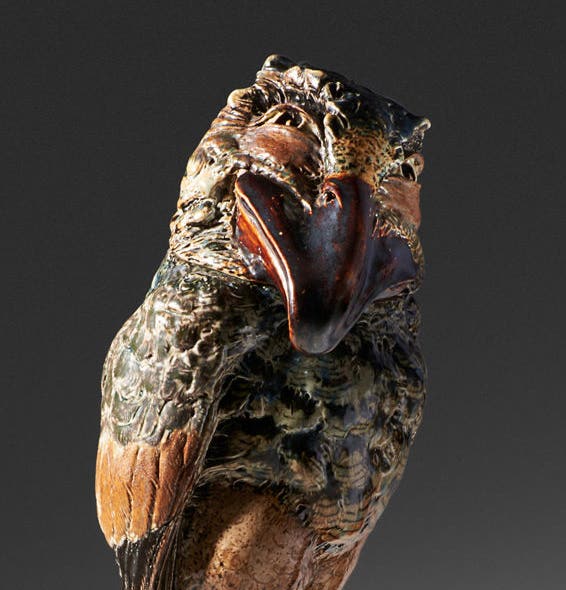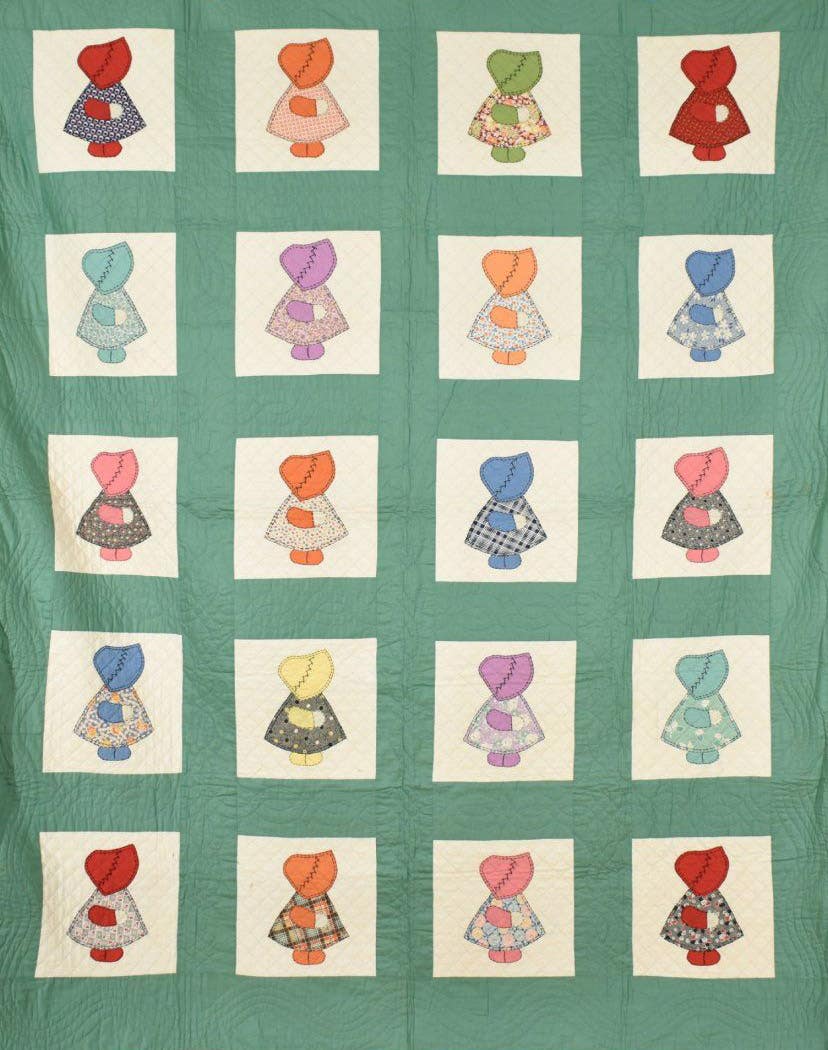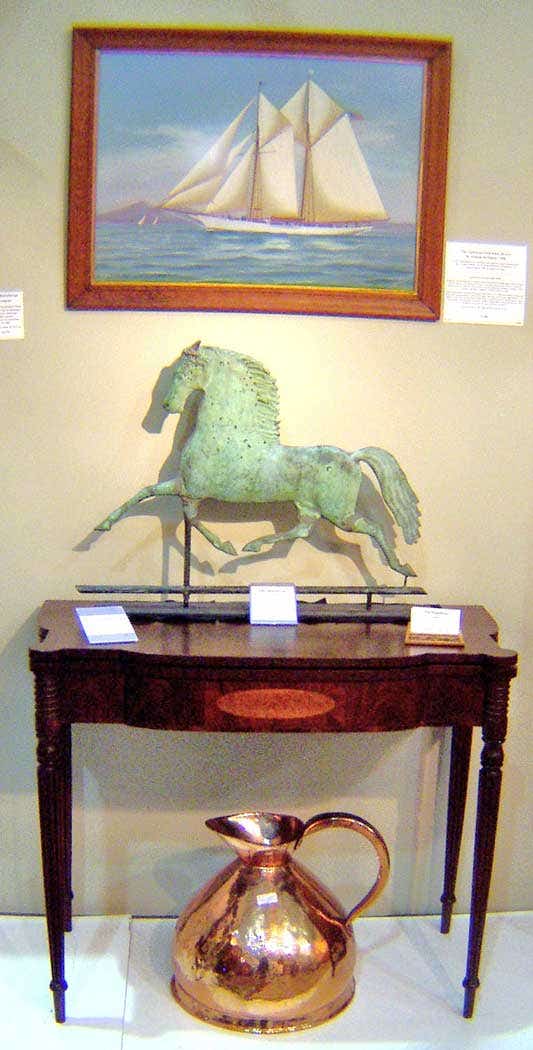Japanese Kutani, Imari turn out to be superb discoveries
Dr. Anthony Cavo evaluates Japanese Imari and Kutani wares, which were gifted to the owner in the 1930s – straight from Japan. Learn how valuable these prized gifts turned out to be.
By Dr. Anthony J. Cavo
Japanese Ceramics
Q Over 60 years ago my in-laws, who lived in Japan during the 1930s, gave me a pair of vases with a matching bowl with a lid and said that they were very good pieces. The vases are 9.5 inches tall not including the wooden base. They also gave me this colorful bowl that is 10 inches in diameter and 5.5 inches deep, and a large round plate 12 inches in diameter along with many other items that I think are Japanese. I included pictures of the bottoms with the marks. Could you tell me what these items are and if they are good pieces?
— M.C., New Jersey
Japanese Kutani
A Your in-laws must have liked you a great deal to present you with such wonderful gifts. What you have is a pair of Kinrande style Saiko Kutani ware vases. These iron-red, gold inlaid pottery vases with a matching, lidded Koro (incense burner) are very difficult to find as an intact set. This set is matching, with bulbous-form, Japanese vases and matching koro (incense burner) complete with the lid, which is often missing. They are iron-red in color and inlaid in gold. The scene depicts gold cranes in flight throughout gold cloud work; the vases are decorated from the lip, across the shoulders, throughout the entire field, and at the base. The narrow opening and bulbous lip may indicate that these are a pair of Sake Vases.
The marking on the base of the vases and koro indicate they were made by 靻 Eiraku Wazen, a 12th generation potter who was born in 1823 and died in 1896; he began full-scale pottery production in 1852. His work covers the closing years of the Tokugawa or Edo Period, which ended in 1867, and the beginning years of the Meiji Period (1868 to 1912).
“Saiko” indicates design and date; it distinguishes the brownish-red 19th century Kutani from earlier Kutani periods such as Ao-Kutani and Ko-Kutani.
Eiraku Wazen used the Kyoyaki Kinrande technique, which is gold decoration on a rich, reddish-brown base layer. The mark also translates as the “forever happy” family, a title used by the Wazen family. Of the 12 generations of artisans, the 11th and 12th generations were the best.
Saiko Kutani Ware is brownish-red porcelain that originated in China during the Song Dynasty but was popularized during the middle of the Ming Dynasty and soon became a popular export to Japan.
Kinrade literally means “gold brocade” in reference to the golden threads used to decorate textiles. The foot rim is high, unglazed and displays kiln marks; elements consistent with early, quality pottery. The vases and incense burner are from the third quarter of the 19th century (1850 to 1875). Kinrande ware is extremely fine quality porcelain with a thin, smooth glaze that was labor intensive and costly to produce. Decorative areas were cut and then filled with gilded decoration made from gold leaf; in this case clouds and flying cranes. Once the gilding was complete and lacquered, the piece was fired once more.
This pair of Saiko Kutani vases and Koro with lid could easily sell for $2,500 to $3,000, and possibly more in a well-advertised auction of Asian and Oriental works. This is a truly wonderful set.
Japanese Imari
Your bowl is 19th century Japanese Imari with six panels consisting of two sets of three matching repeated panels, or cartouches, decorated in a Kutani palette with leaves, vines, and birds, with floral and architectural elements. The circular central design depicts a very large cauldron bursting with a variety of plants and flowers. The outside of the bowl is similarly decorated. The foot rim is high and unglazed and shows kiln marks.
This beautiful, fine quality bowl decorated with gilt high-lights and bright colors including shades of blue, red, green, and gold could easily sell in the $275 to $350 range.
Lastly, you sent photos of a 19th century, round, Japanese Imari charger, decorated with three repeated panels, or cartouches, decorated in a Kutani palate with leaves, floral elements, clouds, and Hoo birds around a circular central design depicting a double gourd motif with gilt highlights and bright colors consisting of shades of blue, red, green and gold.
The reverse is decorated with three blue leaves and a blue circle. The foot rim is high, unglazed, and displays kiln marks. This is a stunning, hand-made, 19th century piece that would sell in the $300 to $400 range.








